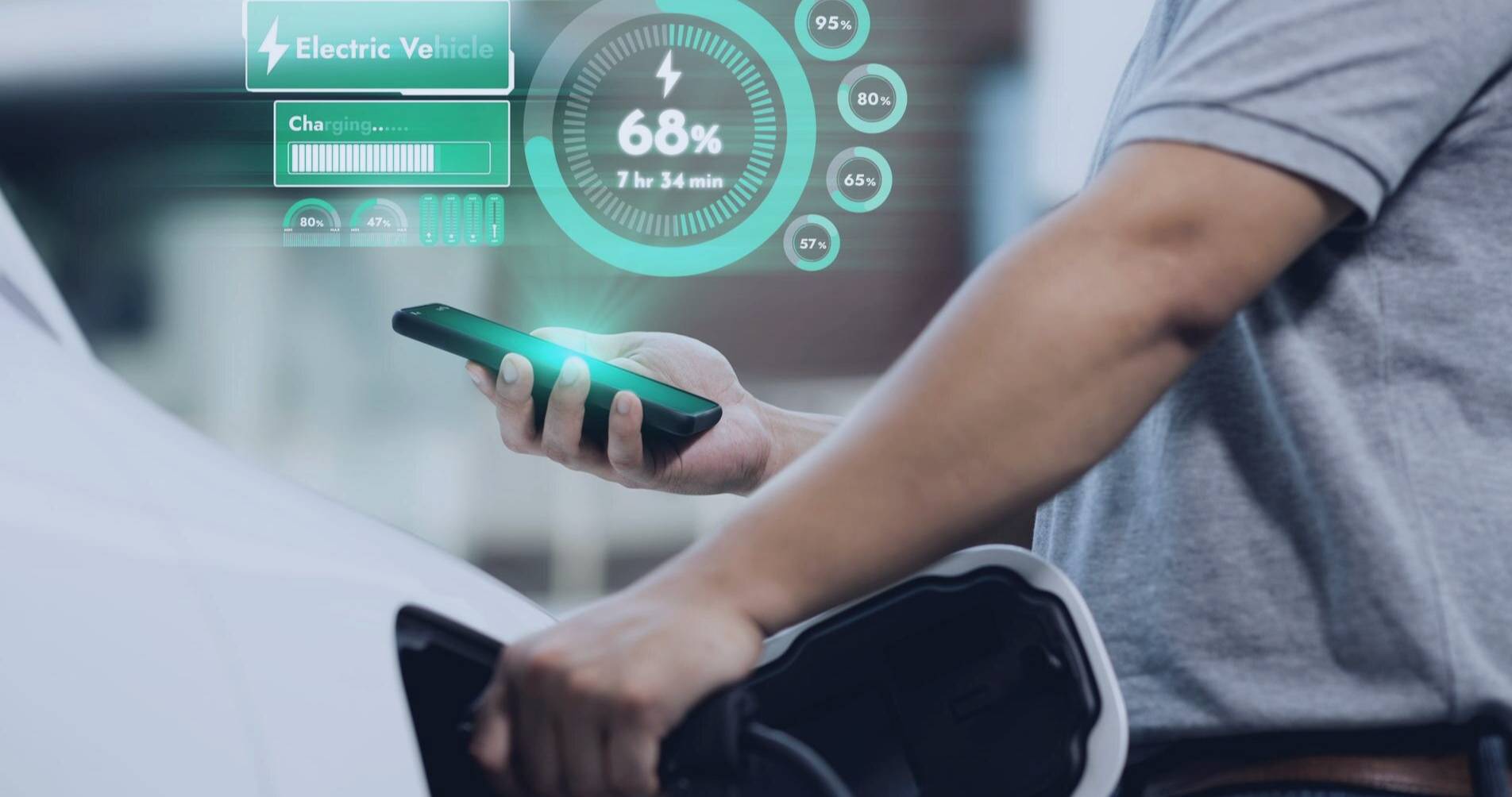

10 Key Factors for EV Charger Installation
Discover the top 10 considerations for electricians when selecting EV charging hardware and software. AmpUp makes it easy.

If you’re an electrician who selects and installs EV charging hardware and software for workplaces, commercial spaces, retail locations, multifamily dwellings, and property management companies, remember these 10 critical factors to help you make the best choices for your clients.
Hardware – 5 things to consider
Power requirements and capacity. Ensure the electrical infrastructure can support the voltage and amperage required by the EV charging stations, as power requirements vary. If available power is limited, refer to your NEC code and local code authority to see if you can use AmpUp’s Energy Management System (EMS), which sets a load cap for the power available to maximize the number of stations installed. Also, check that the charging station is compatible with different EV connectors, such as J1772 for Level 2 and CCS or NACS for DC fast chargers.
Smart and connected. The EV charger hardware must be smart to communicate with other software and hardware. A site walk and cellular signal strength and internet test will prevent many headaches later. If there’s a poor signal, then an ethernet connection is the best option; the EV charger company’s IT department may need to open the ports to allow the units to connect.
Installation requirements. Does the EV charger have installation flexibility? Can it be installed quickly without much hassle? Is it the right size and shape for the space where it’s going? Consider EV chargers offering wall and pedestal-mounted options and cable management systems that keep the area tidy and safe.
Safety features. Ensure the EV charger’s hardware has built-in overcurrent and overvoltage protection that automatically shuts down charging if the current or voltage exceeds safe limits. It’s also crucial that the charger has ground fault protection, which interrupts the circuit when a ground fault is detected to prevent electrical shocks.
Certification and standards. Verify that the EV charger meets all relevant industry standards and certifications, such as UL and OCPP, as well as NEMA ratings and ENERGY STAR® certification. The EV charger should ideally come with a warranty of at least three to five years.
Software – 5 things to consider
Easy activation. Activating EV chargers efficiently after installing the hardware saves time and hassle, and it will make your clients happy, too. For instance, AmpUp's software simplifies activation by allowing you to scan a QR code to register each station with the AmpUp network and then input the panel kWh limits from your phone, tablet, or laptop to enable load management features. No more waiting on hold with 800 numbers for activation.
Smart and flexible capabilities. Does the software allow for scheduling charging sessions to tap into off-peak electricity rates and ensure fleets are ready to go on time? Does it support all deployment types – public, private, paid, and free? Also, look for features that enable dynamic pricing rules and load management to balance the electrical load.
Data and analytics. Ensure the software provides detailed and clearly presented usage reports and analytics, and look for features that track energy consumption and provide insights into charging patterns.
Network and connectivity. Verify that the EV charger supports reliable connectivity. AmpUp uses 4G because it has optimal uptime, and its SuperSIM card selects the strongest connection from multiple carriers. The software must also be OCPP compliant – like AmpUp’s software – to be interoperable with different network providers. Also, check that the software supports seamless over-the-air firmware updates to keep it up-to-date with the latest features and security patches.
Security. Ensure that data transmission between the charger and the software is encrypted, and choose software that provides robust access control mechanisms to prevent unauthorized usage. AmpUp’s software is SOC2 Type 2 certified – the gold standard that assures sensitive data is being kept safe. (Not all software is SOC2 Type 1 or 2 compliant.)
Last but not least – cash in on those government and utility incentives!
It’s essential to confirm in advance whether the software and hardware you evaluate qualify for federal, state, and local incentives such as tax credits or rebates. There are sizeable discounts to be had, depending on where your client is located. Plus, utilities often provide incentives, too. When you’re knowledgeable about incentive programs and how they significantly reduce costs, you become more valuable to your clients.
By considering these key points, you’ll be better equipped to choose an EV charger system that’s reliable, efficient, and meets your client’s needs. Check out AmpUp’s guide, “The Electrician’s Guide to Fast EV Charger Installation,” for more helpful tips.


